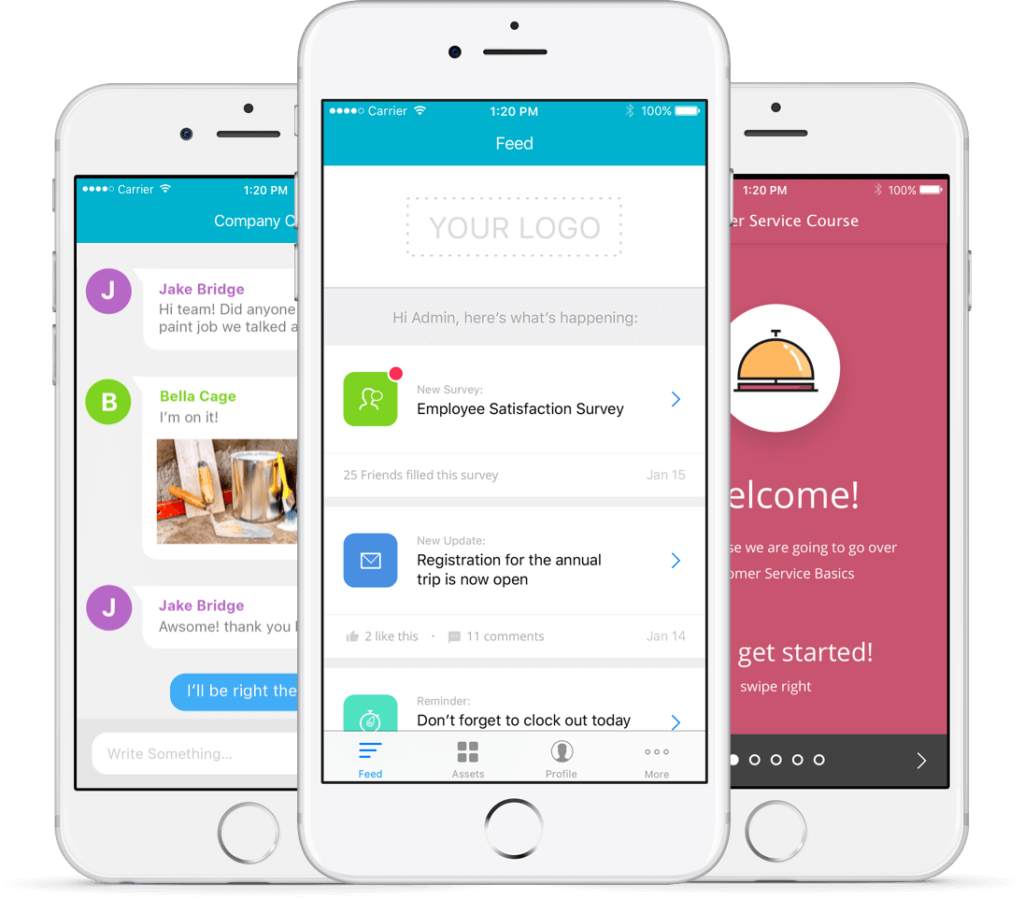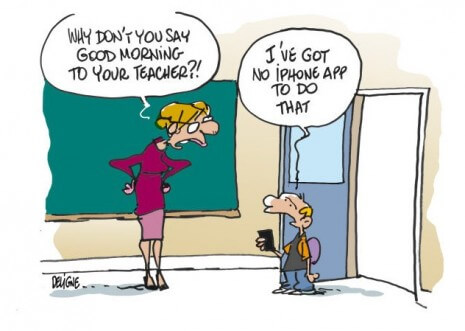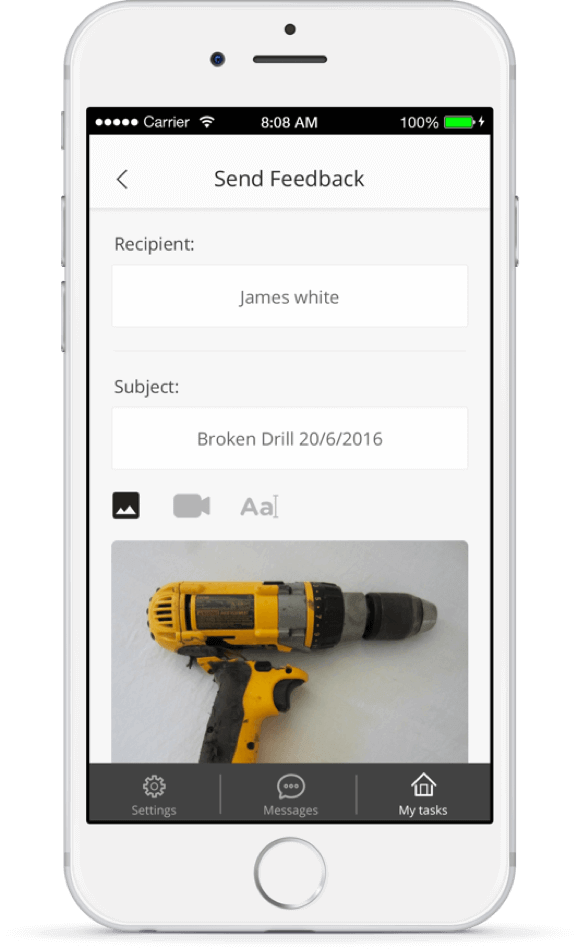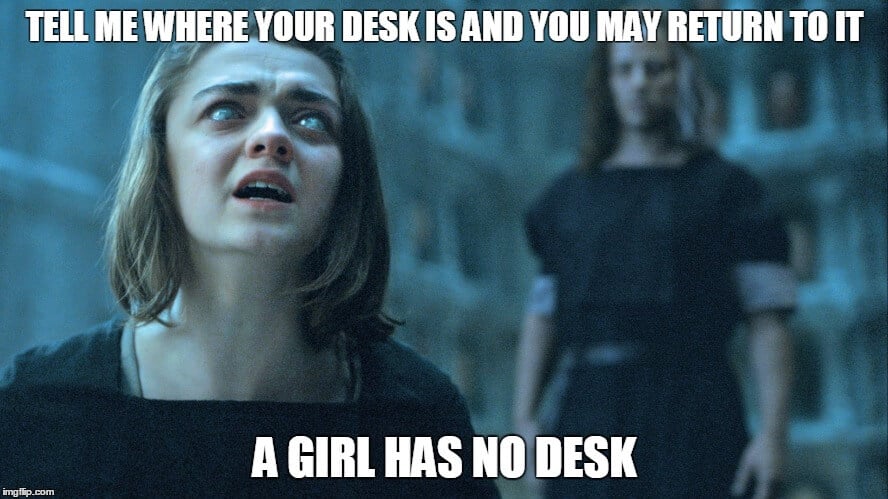Table of contents
- Deskless employees are different in many ways
- Communicating with deskless workers must be different
- Ask your non-desk workers how they prefer to communicate
- Provide content with value to your deskless teams
- Engage your deskless workforce in a meaningful way
- Don’t make problem resolution an unnecessary challenge
- Use the right communication style
- Ask only what is possible
- Include deskless workers in your corporate culture
- Be patient
In all honesty, communicating with deskless employees has never been easy to begin with. Technology has done a lot to help but even as our work culture increasingly shifts toward mobility, teleworking, and the freelance economy, communication challenges have also evolved, multiplied, and become very complex.
Not to be over dramatic, a small business can still clear these communicative hurdles with ease as long as you make sure to avoid these 10 very common pitfalls:
Deskless employees are different in many ways
To better connect with deskless employees, you first need to understand them. Waiters, sales associates, construction workers, healthcare professionals, drivers, and performers are just a few of the jobs that don’t require a desk. (Also, superheroes.)
What makes deskless employees unique is their work processes, which has a direct effect on their preferred choice of communication. These can be drastically different from stationary employees. Deskless workers often juggle numerous tasks on the move, operate in off-hours, and need to be excellent self-managers as, in many case, they are not directly supervised for most of the day.
That’s why we decided to put together a basic process of understanding deskless employee needs and, also, providing a solution:
- Define who your deskless employees are.
- Answer how they’re different from the rest of your workforce.
- Map out the communication options available to you (and also those not available – employ some out-of-the-box thinking here).
- Propose a solution
- Suggest initial steps necessary
Communicating with deskless workers must be different
You don’t connect and communicate with distant relatives as you do with your direct family members who live with you in the same house. Similarly, the same message and medium you use to connect to desk-bound employees won’t necessarily work for your deskless employee.
Deskless employees don’t sit by the phone waiting for you call, or have time to read long PDFs. Some of them don’t even have a company email address, or access to company resources. So it’s up to you to find channels, formats, and communication processes that work with deskless employees.

Ask your non-desk workers how they prefer to communicate
Each employee has their own preferences in communication. You do too. Some prefer phone calls, other rely on face to face conversations when communication important or sensitive information. When it comes to deskless workers, you need to consider their needs and preferences as a group.
For example, younger employees might not always check their emails even if they have an account, and they rarely consume work-related content on their PC. They do have their beloved mobile phones, o the other hand,and they check them roughly 46 times a day, often during work hours, whether you like it or not. So to connect with deskless workers, your communication strategy has to be mobile-first.

Provide content with value to your deskless teams
When drafting your internal communications and company-wide memos, consider your deskless employees. If the information you’re including and providing isn’t relevant to them, you’re simply wasting their precious time. Like all of us, deskless workers are flooded with content and messages from all directions. What makes deskless employees different is that their ability to consume and digest content is additionally limited.
But not only that, while your desk bound employees are provided with a reasonably sterile environment, for the most part free of external distraction, your deskless employees also have to deal with a lot more external stimuli. If you bombard them with too much information that doesn’t provide them with value – they will stop paying attention. They don’t really have a choice if they want to remain reasonably effective. We call this the “crying wolf” effect, and you should do your best to avoid it.
When businesses use consumer grade chat apps like iMessage or Whatsapp for their internal communications they mix business with pleasure in a way that can decrease job productivity and create serious security risks for the company and its employees. One great way to avoid this is to erect a “walled garden”, in the form of an employee app, where deskless employees (and everyone else in the organization) can collaborate and communicate without any external distraction.
If you need more info on how to choose an app for internal company communications check out: How to choose an internal communications app for your business.
Engage your deskless workforce in a meaningful way
The “crying wolf” effect doesn’t just happen when the content is irrelevant. It also happens when it’s boring. For example, a personal introduction to a new software system and office training sessions are not usually relevant to deskless employees. So when internal communications are sent out they need to be either be relevant to deskless employees or you need to segment your employees and send your deskless workers different content.
Don’t make problem resolution an unnecessary challenge
We all encounter problems and hurdles in performing our daily work tasks. The question is how we handle these problems. A deskless employee can’t just peek over the cubicle wall and ask the supervisor for assistance or advice. The supervisor or manager isn’t always around, or the right person in the organization to contact to solve the problem at hand. This creates obstacles and unnecessary delays.
Do your best to provide your deskless employees with tools, guides, workflows and FAQs they can use to resolve whatever problems on their own. Also, be sure to give your deskless employees multiple points of contact in the organization for problem resolution. For example, a construction worker who is suffering from equipment meltdown shouldn’t have to go through her supervisor or make an endless number of phone calls to get a new drill purchased and made available to her.

Use the right communication style
When you’re juggling a dozen tasks and aren’t always available for conversation, you often prefer short and to the point communications. For deskless workers, this is state is pretty much a constant. Communication with deskless employees should be fluid and dynamic. You’re not in a meeting and you shouldn’t be using emails. Make it fast, and get to the point.
Ask only what is possible
On-the-go employees can’t perform the same tasks their stationary brothers do. Sometimes they do not have the tools at their disposal and sometimes they are busy with another demanding task at their location. Make sure to make requests you know they can fulfil and ask them for feedback and clarifications.
Include deskless workers in your corporate culture
One of the main tactics that work in retaining employees is making them feel like “part of the family”. Getting them on-board with the company goals and vision, and optimally turning them not only into loyal employees, but also brand ambassadors. Which is crucial, as they are often the ones connecting with your clients.

Be patient
Be patient. Working without direct supervision is hard. Not because your deskless employees are irresponsible bad workers. Because they are human. Distractions, multiple tasks and the fluid nature of deskless work requires some adjustment in communication style, medium and frequency. If you don’t get an instant reply to a text, don’t hurry to call. Maybe they’re with a client, maybe they’re in the middle of a particularly urgent task, or maybe they simply have their hands dirty at the moment.
Deskless employees are an important part of your workforce even if you don’t see each and every one of them every day. Connecting with them is crucial not only for effectiveness and productivity, but also for their tricky retention. By giving them the right tools, defining the right processes and communicating effectively, you can make the most of their capabilities.
